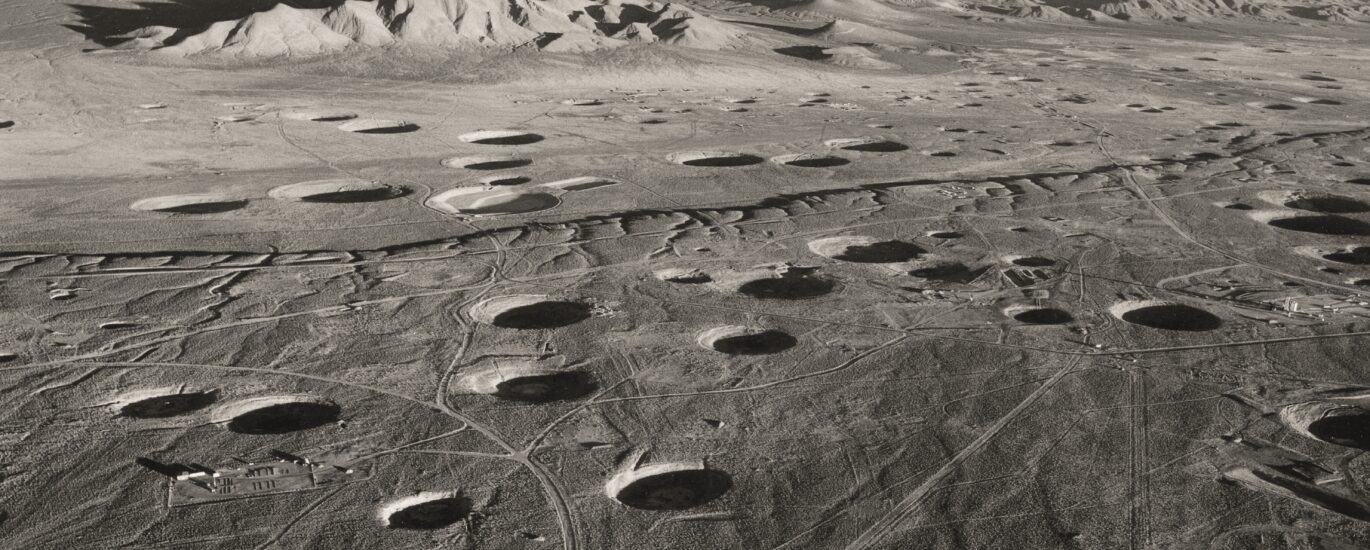Welcome to the Nevada Test Site, a place that is both haunting and fascinating in its historical significance. Nestled in the vast desert of Nevada, this site played a pivotal role in the development of nuclear weapons during the Cold War era. Established in 1951, the Nevada Test Site became a crucial location for testing nuclear devices, significantly impacting both science and global politics.
The story of the Nevada Test Site begins in the early 1950s, a time when the world was grappling with the dawn of the nuclear age. The site was chosen for its remote location and vast expanse, providing the perfect backdrop for the United States to conduct its nuclear tests without immediate risk to populated areas. It was here that the United States conducted over 900 nuclear tests, both above and below ground, making it one of the most prolific nuclear testing sites in the world.
One of the most significant events at the Nevada Test Site was Operation Upshot-Knothole in 1953, which included a series of 11 nuclear tests. One test, known as ‘Annie,’ was particularly notable because it was the first to be televised, bringing the stark reality of nuclear testing into American living rooms. This operation helped refine nuclear weapon designs and provided crucial data on the effects of nuclear explosions.
Among the notable figures associated with the site was physicist Edward Teller, often referred to as the ‘father of the hydrogen bomb.’ Teller’s work at the Nevada Test Site contributed to the development of thermonuclear weapons, which significantly altered the strategic landscape of the Cold War.
As the decades rolled on, the Nevada Test Site evolved. The tests transitioned from atmospheric to underground, in response to growing environmental concerns and international treaties like the Partial Test Ban Treaty of 1963. This shift marked a new chapter in the site’s history, as scientists and engineers developed sophisticated methods to conduct tests below the Earth’s surface.
The Nevada Test Site was not just a place of scientific endeavor but also a focal point for protest and activism. In the 1980s, the site became a rallying point for anti-nuclear activists, who gathered in large numbers to protest against nuclear testing and advocate for disarmament.
Today, the Nevada Test Site, now known as the Nevada National Security Site, continues to be a place of scientific research and historical reflection. While no longer conducting nuclear tests, it serves as a reminder of the immense power humankind has harnessed and the responsibilities that come with it. The site is a testament to human ingenuity, the complexities of geopolitics, and the ongoing quest for peace and security in a nuclear world.
As you reflect on the stories and events that unfolded here, consider the broader implications of the Nevada Test Site on global history and its enduring legacy in the ongoing dialogue about nuclear proliferation and safety.




